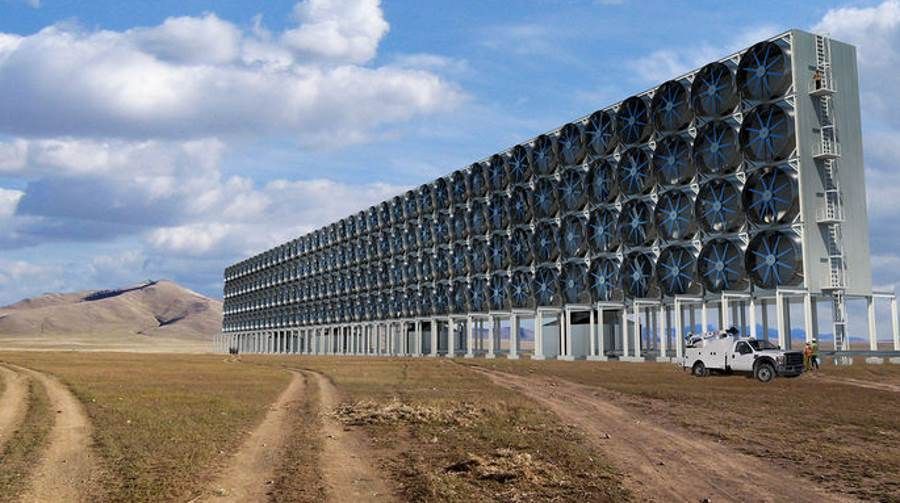
In today’s world, reducing our carbon footprint is more important than ever. With the growing threat of climate change, it is essential that we all do our part to minimize our impact on the environment. One of the best ways to do this is by making simple changes in our daily lives, starting with our homes. Here are some tips for reducing your home’s carbon footprint:
1. Switch to Energy-Efficient Appliances
One of the biggest sources of energy consumption in your home comes from your appliances. By switching to energy-efficient models, you can significantly reduce your energy usage and carbon emissions. Look for appliances that are ENERGY STAR certified, as these are designed to be more efficient and use less energy. Not only will this help the environment, but it can also save you money on your utility bills in the long run.
2. Use LED Light Bulbs
Another simple change you can make to reduce your home’s carbon footprint is to switch to LED light bulbs. LED bulbs use much less energy than traditional incandescent bulbs and last much longer, so you won’t have to replace them as often. By making this switch, you can lower your energy usage and reduce the amount of greenhouse gas emissions produced by your home.
3. Improve Your Home’s Insulation
Proper insulation is key to keeping your home energy-efficient. By making sure your home is well-insulated, you can reduce the amount of energy needed to heat and cool your home, which in turn lowers your carbon footprint. Consider adding insulation to your walls, attic, and floors to improve your home’s energy efficiency.
4. Install a Programmable Thermostat

A programmable thermostat allows you to set your home’s temperature based on your schedule, so you can heat or cool your home only when you need to. This can help you save energy and reduce your carbon footprint by avoiding unnecessary heating or cooling when you are not at home. Invest in a smart thermostat for even greater control over your home’s energy usage.
5. Start Composting
Composting is a simple way to reduce your waste and lower your carbon footprint. By composting food scraps and yard waste, you can divert this organic material from landfills, where it would decompose and produce methane, a potent greenhouse gas. Instead, you can use the compost created to enrich your soil and reduce the need for chemical fertilizers.
6. Use Reusable Products
Another way to reduce your home’s carbon footprint is to use reusable products instead of disposable ones. For example, switch to reusable shopping bags, water bottles, and cleaning cloths to cut down on the amount of waste you produce. This can help reduce the demand for single-use plastics and lower your impact on the environment.
7. Plant Trees and Shrubs
Planting trees and shrubs in your yard can help offset your carbon footprint by absorbing carbon dioxide from the atmosphere. Trees also provide shade, which can help lower your energy usage by reducing the need for air conditioning. Consider planting native species, which are better adapted to your local climate and require less maintenance.
By implementing these tips, you can make your home more energy-efficient and reduce your carbon footprint. Small changes can add up to make a big difference in protecting the environment for future generations. It’s time to take action and start making a positive impact on the planet.